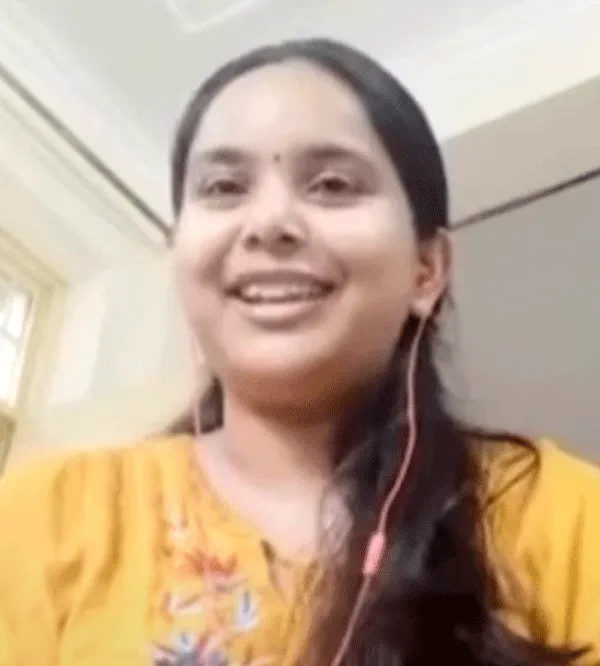Today's toppers were yesterday's aspirants. They don't do different things. They just do the right things differently. Toppers’ Corner is your place to discover the SUCCESS MANTRAS of the toppers. Explore their stories, strategies, analyze their copies, see how they achieved top scores, their profile, and more!

P K SIDHARTH
AIR-4 | 2023

NAUSHEEN
AIR-9 | 2023

MEDHA ANAND
AIR-13 | 2023

AYAN JAIN
AIR-16 | 2023

ANSHUL BHATT
AIR-22 | 2023

SAURABH SHARMA
AIR-23 | 2023

ISHITA KISHORE
AIR-1 | 2022

GARIMA LOHIA
AIR-2 | 2022

UMA HARATHI N
AIR-3 | 2022
Toppers Strategy: How to Make Notes to Revise 15 Times in 10 Months by Chaitanya Awasthi, AIR-37,UPSC CSE-2022
Note-Making Techniques for Revising Content 15 Times
In the journey of UPSC Civil Services Examination preparation, effective note-making plays a crucial role in revising vast amounts of content. Chaitanya Awasthi, who achieved an outstanding All India Rank 37 in UPSC CSE-22, is renowned for his meticulous note-making approach. This article presents insights into his strategies, guiding you towards making notes that enable effective revision up to 15 times. With these techniques, you can enhance your grasp of the subject matter, improve memory retention, and optimize your preparation for success in the UPSC CSE.
Section 1: Understanding the Importance of Note-Making
- The role of notes in consolidating information
- Benefits of personalized notes for effective revision
- Chaitanya Awasthi's success story and the significance of his note-making approach
Section 2: Structuring Your Notes for Clarity and Efficiency
- Organizing your notes based on subjects and subtopics
- Using headings, bullet points, and numbering systems
- Incorporating diagrams, flowcharts, and visual aids for better comprehension
Section 3: Active Note-Making Techniques
- Summarizing information in your own words
- Using abbreviations, acronyms, and mnemonics
- Highlighting key points and using color-coded systems
Section 4: Reviewing and Revising Your Notes
- Setting a revision schedule and allocating time for each subject
- Engaging in regular revisions to reinforce knowledge
- Incorporating active recall techniques, such as flashcards and self-quizzing
Section 5: Utilizing Technology for Effective Note-Making
- Exploring digital tools and apps for note-taking and organization
- Benefits of digital platforms in sharing and collaborating on notes
- Maintaining backups and syncing notes across devices for accessibility
Section 6: Chaitanya Awasthi's Strategies for Revision
- How Chaitanya Awasthi revised his notes up to 15 times
- Balancing revision with mock tests and practicing answer writing
- Incorporating feedback and updating notes based on evolving knowledge
With Chaitanya Awasthi's note-making strategies and the tips provided in this article, you can significantly enhance your revision process and optimize your chances of success in the UPSC CSE. Remember, consistent and well-structured note-making combined with regular revisions are the key to deepening your understanding and retaining information effectively. Implement these techniques, and embark on your journey towards achieving your desired rank in the UPSC CSE.








